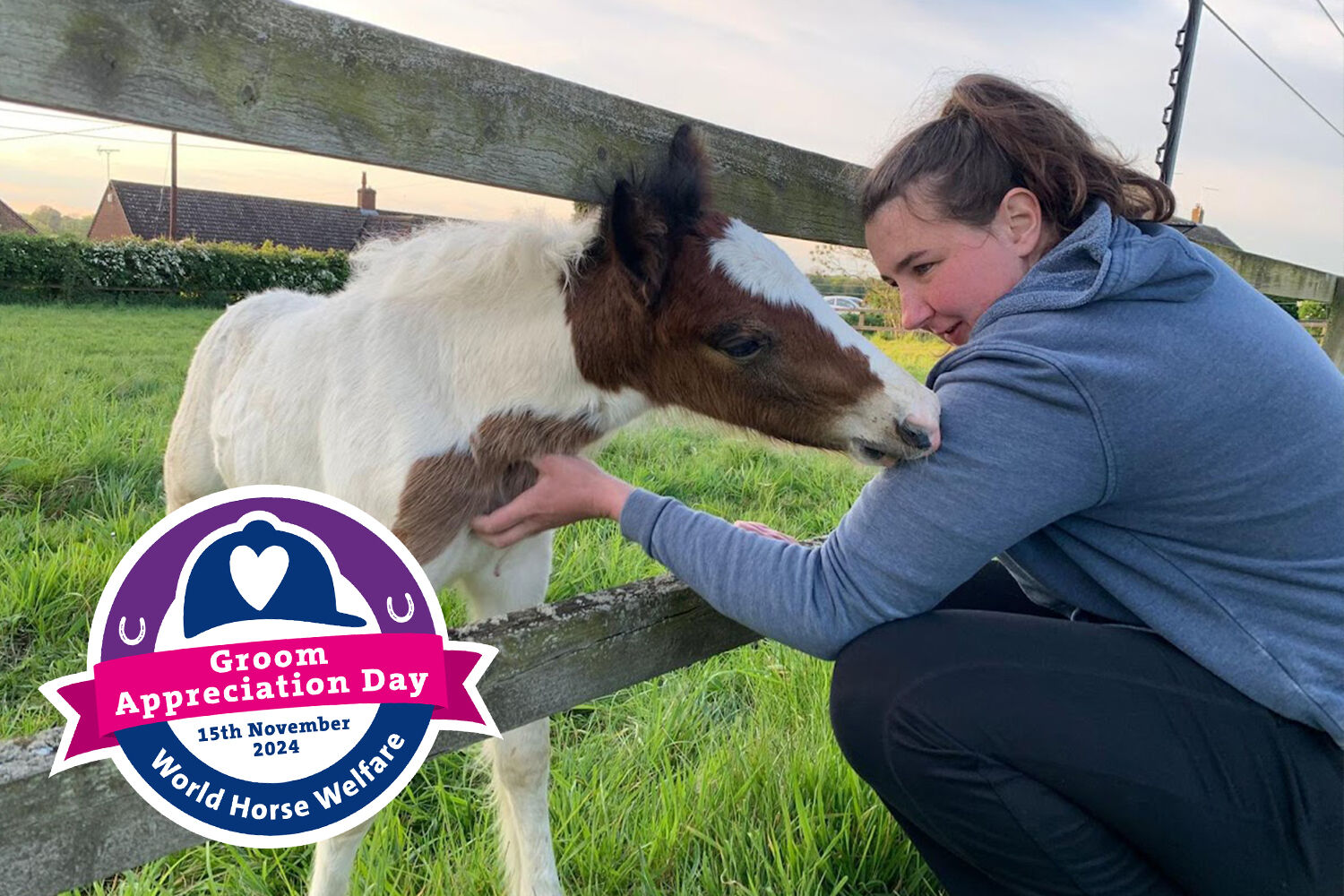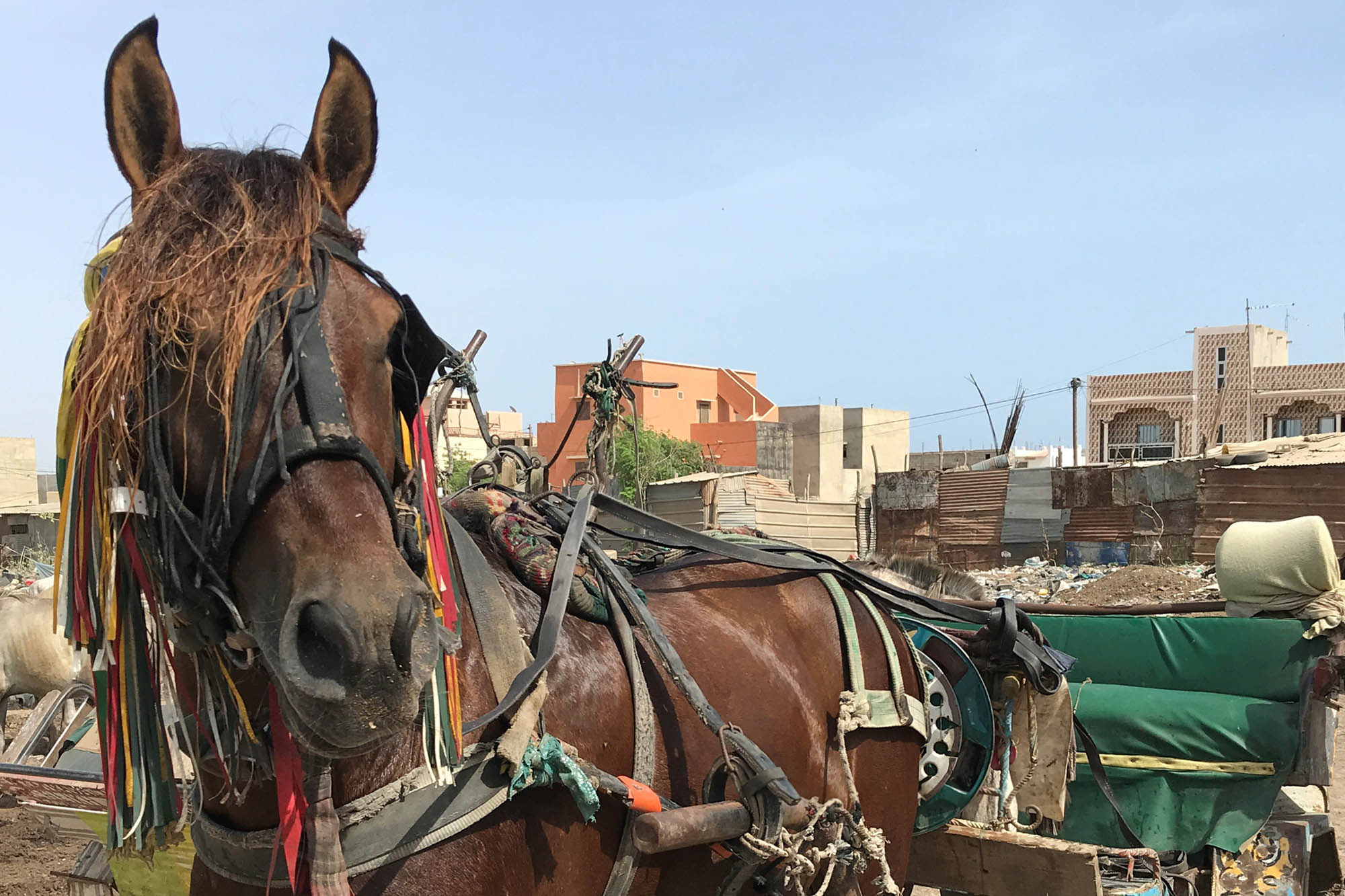World Horse Welfare highlights the significance of the world’s most extensive equine surfaces study
World Horse Welfare Chief Executive Roly Owers lends his support to the world’s most extensive study into the effect of arena surfaces on the orthopaedic health of sport horses (in the seven FEI disciplines and in racing).
Posted on 28/04/2014

The study, entitled “Equine Surfaces White Paper”, is the result of a four-year collaboration between eight equine experts from six universities, three equine and racing-specific research and testing centres and two horse charities in Sweden, the UK and United States.
The white paper brings together the latest data and published scientific papers on arena and turf surfaces, and the effects these have on horses in training and in competition.
Key properties of footing, and the effects of footing on horses’ physiological and biomechanical responses, are described in the white paper, as well as the optimal composition, construction and maintenance of arenas for maximising equine performance while minimising injury risk.
Current methods of measuring the physical properties of surfaces, and the essential surface preparation and maintenance techniques, are also discussed in the white paper in terms easily understood by riders, trainers, course designers and arena builders, in order to guide future progress in providing suitable competition and training surfaces for sport horses.
World Horse Welfare Chief Executive Roly Owers says:
“World Horse Welfare was looking to produce some evidence-based guidance on the most suitable riding surfaces with the lowest risk of injury. Our charity’s welfare advice line often receives calls from both private horse owners and riding schools asking about the construction, use and maintenance of riding arena surfaces. This detailed study, which we were happy to invest in as part of our support for the responsible use of horses in sport, will offer people a much better picture than has previously been available.”
John McEwen, FEI 1st Vice President and Chair of the FEI Veterinary Committee said:
“The Equine Surfaces White Paper is the biggest international collaboration of its kind, and is vital to understanding how surfaces work in order to reduce injury risks to horses.
“Now, thanks to scientific research, and extensive support and partnership between welfare charities and horse sport, we can fully understand how the right surfaces, with the necessary preparation and ongoing maintenance, can extend the working lives of sport horses and produce the best performances.”
The white paper has been funded by the FEI, World Horse Welfare, the Swedish Foundation for Equine Research and the British Equestrian Federation, working with lead author Dr Sarah Jane Hobbs – research lead in equine biomechanics at the University of Central Lancashire (GBR) and member of Research and Consultancy in Equine Surfaces (RACES) – and seven equine scientists and researchers in the UK, USA and Sweden.
The highlights of the white paper will be presented on the first day of the FEI Sports Forum on 28 April by Lars Roepstorff, Professor of functional anatomy of domestic animals at the Swedish University of Agricultural Sciences.
“We now have the latest scientific knowledge on equine surfaces contained in one place, thanks to an intensive global effort over several years.
“The Equine Surfaces White Paper is a living document, and we will continue to update it as we develop our knowledge on surfaces and their influence on horse performance and soundness with new scientific studies and surface data, which is absolutely key as horse sport continues to grow around the world.”
Lars Roepstorff, Swedish University of Agricultural Sciences
Topics
Related News

Project takes first step towards lightening the load for horses
Last week (4 – 8 September) researchers have taken the first step towards tackling the issue of rider weight, investigating whether there are any short term measurable differences when horses are ridden by different sized riders.

Landmark study addresses effects of rider weight on equine performance
Results revealed from groundbreaking study into the impact of rider weight.
Recommended Blog Posts

Meet some of our often-unsung heroes on Groom Appreciation Day – Kathryn at Hall Farm
"It can be quite the emotional rollercoaster, ranging from the joy of a horse being rehomed to the perfect long-term home, to the pain of seeing a severely neglected foal lose its battle to live."

Social licence – how the perception of horse riding has changed
With a recent survey revealing some startling findings about perceptions of the welfare of horses in sport, the horse world has plenty to discuss.

Analysing the success of community projects in Senegal
Bursary student Faye Al-Nakeeb takes a look at the impact of our project in Senegal on the welfare of local working equines.
Enjoy reading stories like this?
Join over 55,000 other horse lovers and sign up for our email newsletter

Join over 55,000 other horse lovers and sign up for our email newsletter
Sign me up now